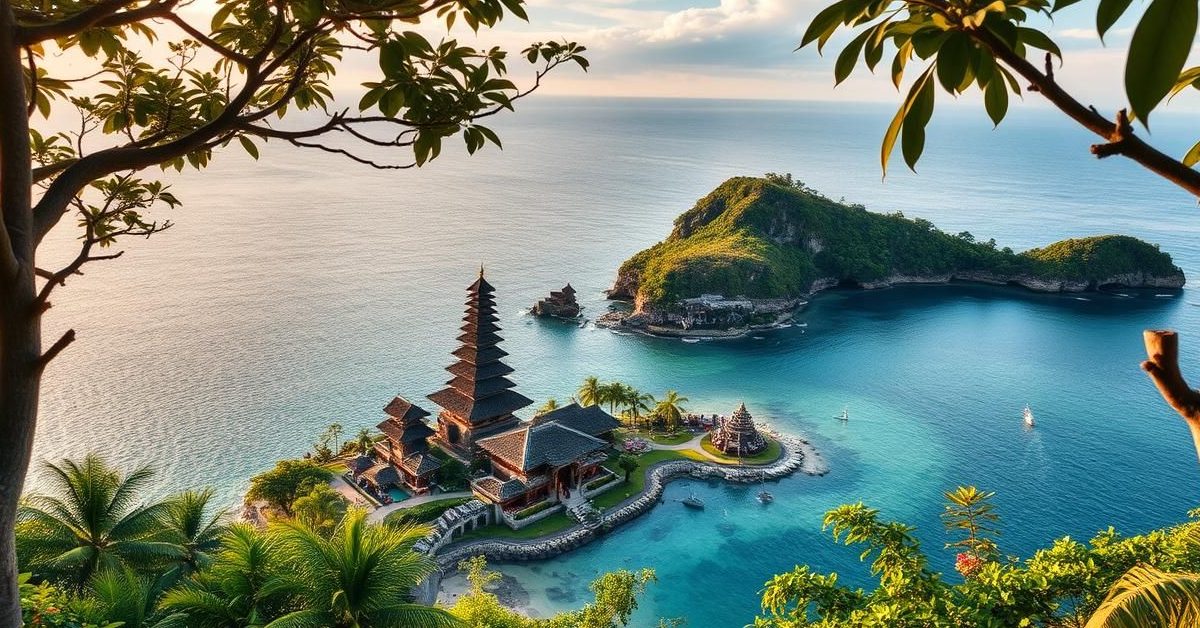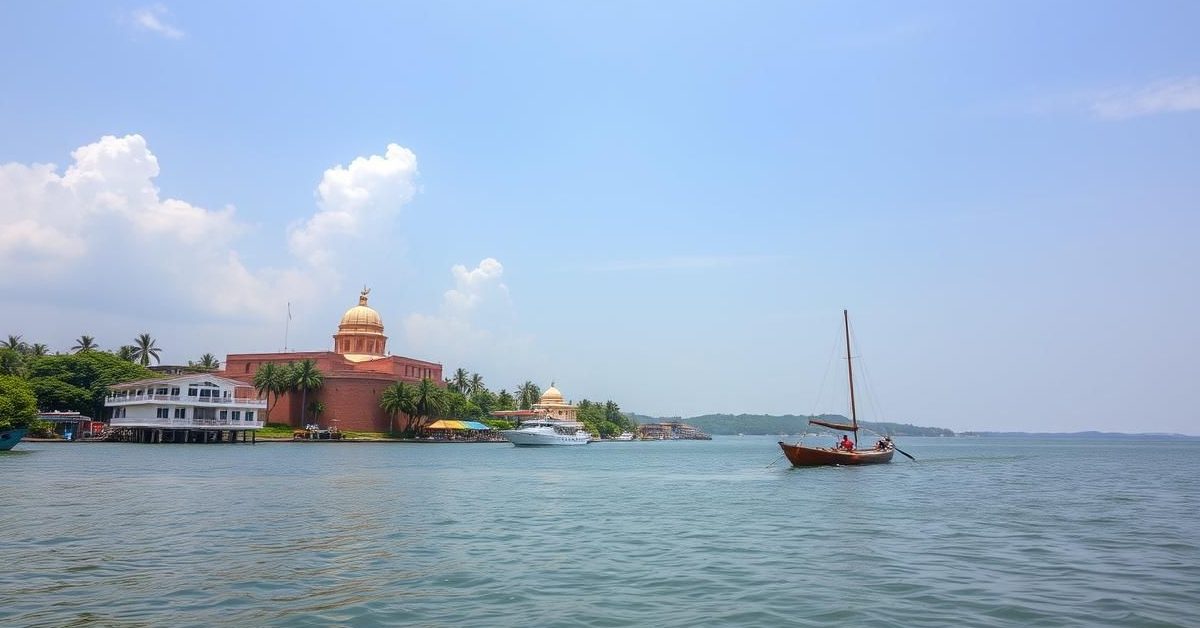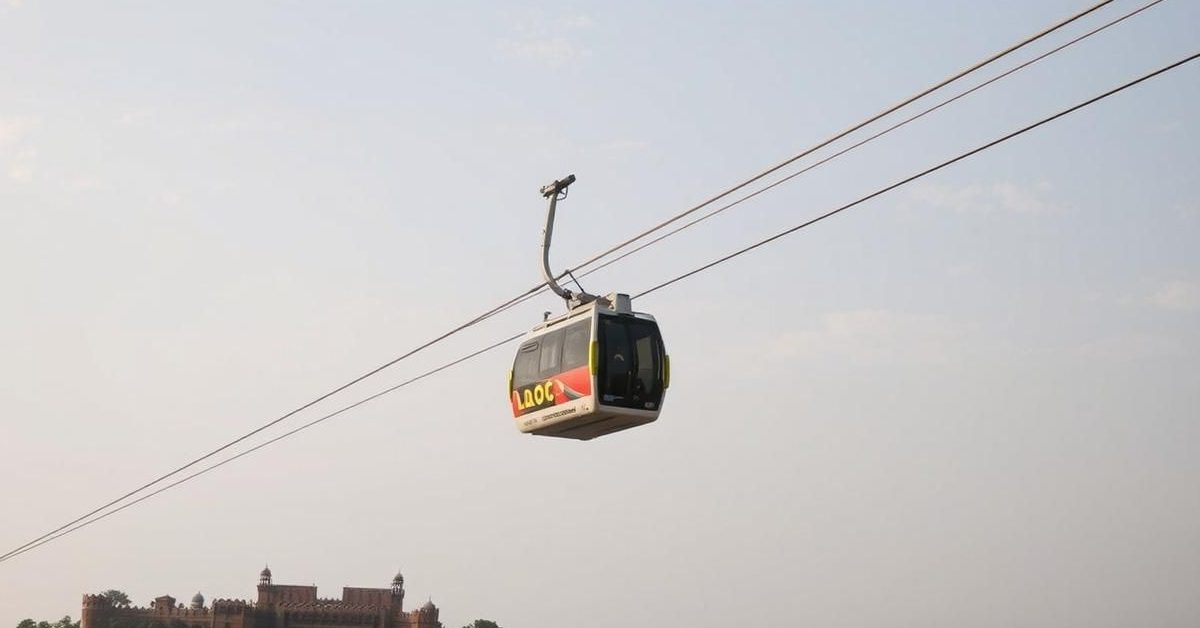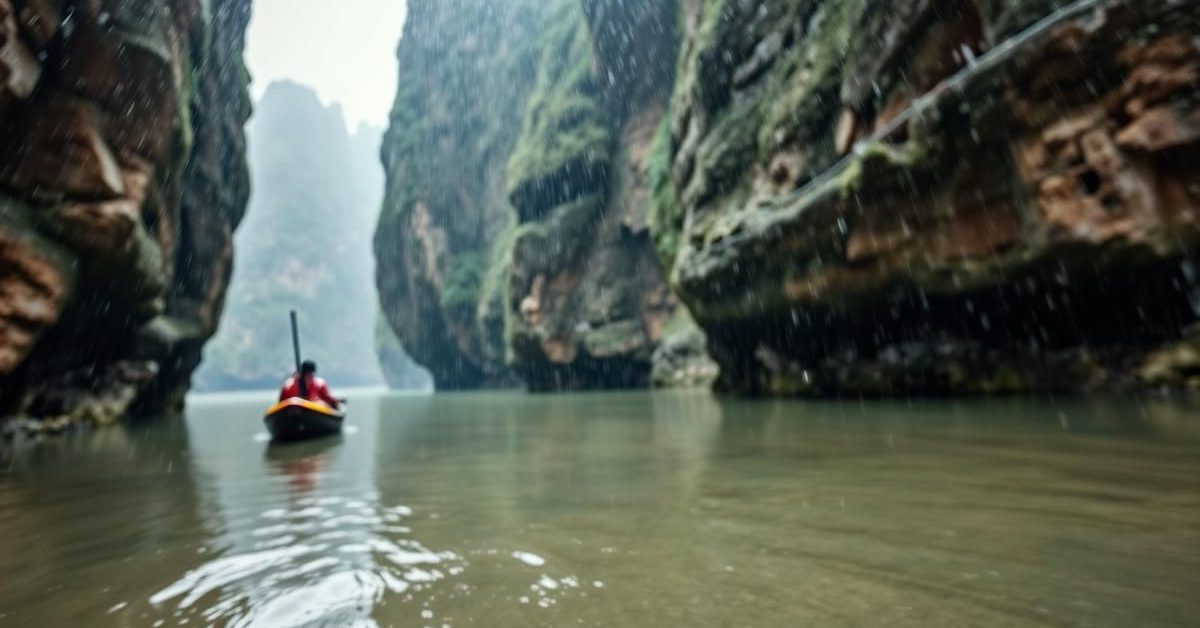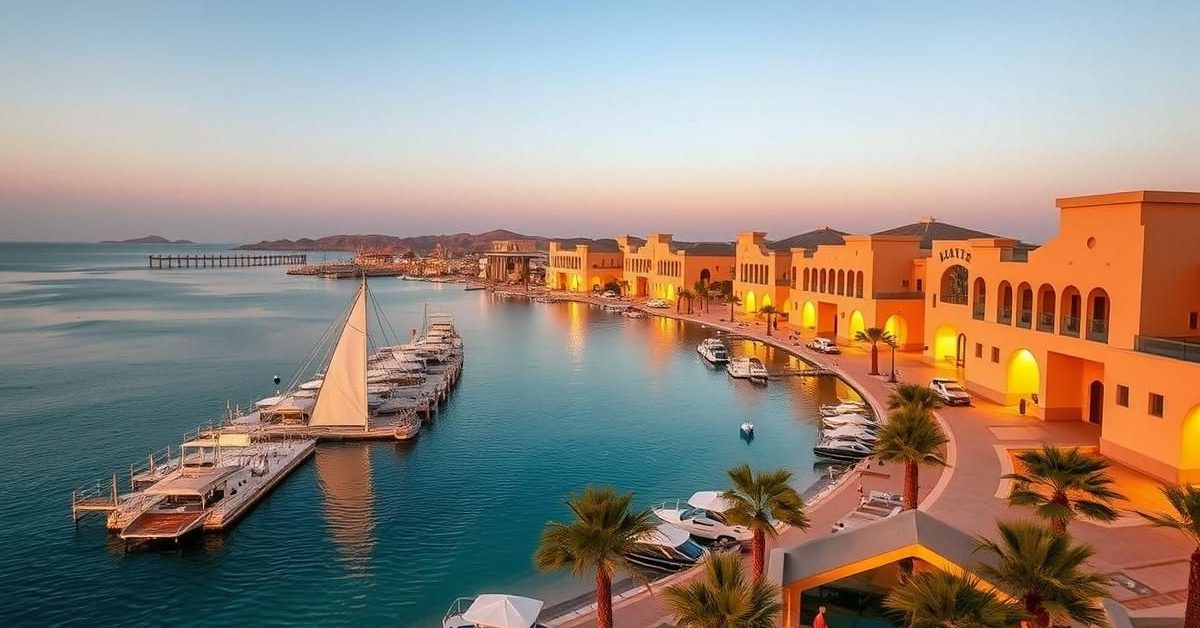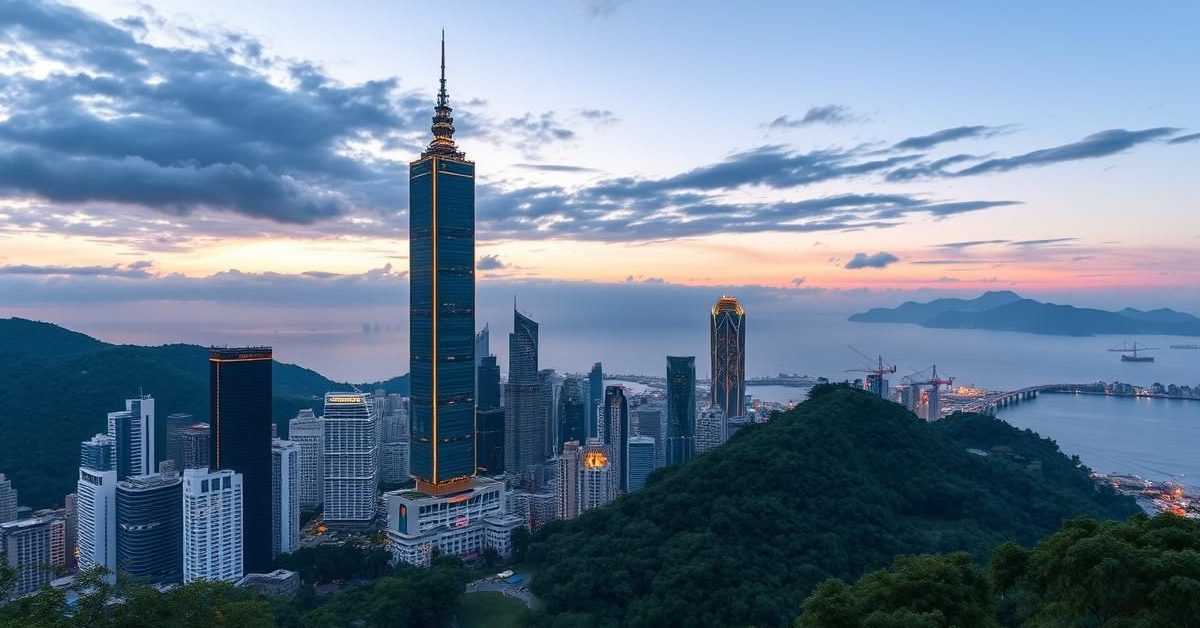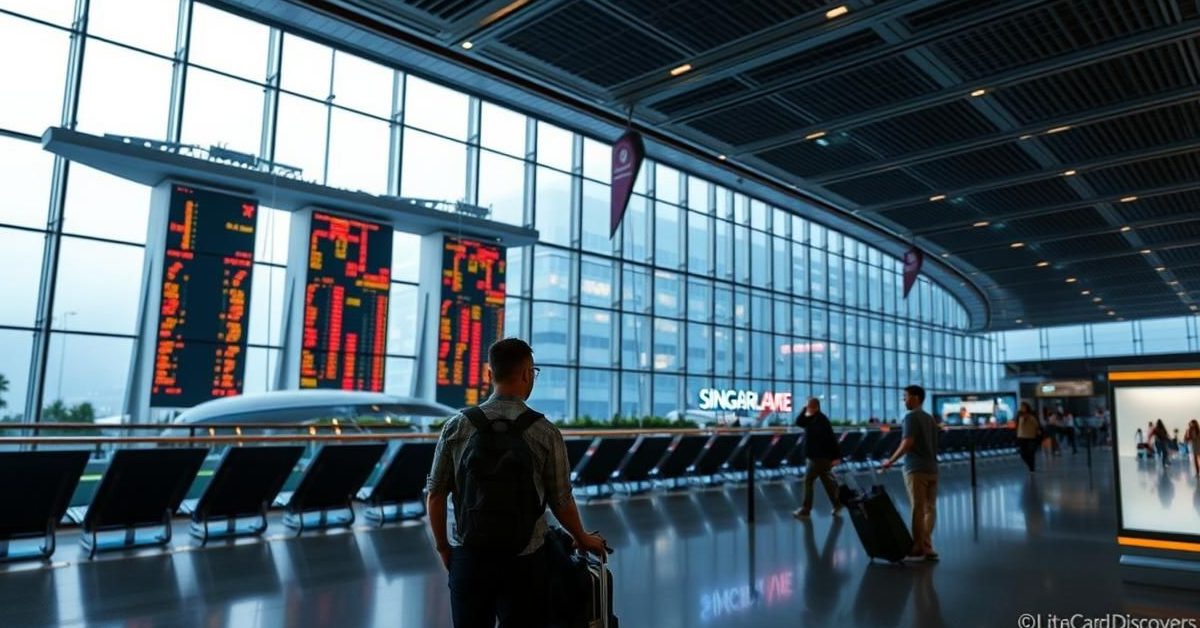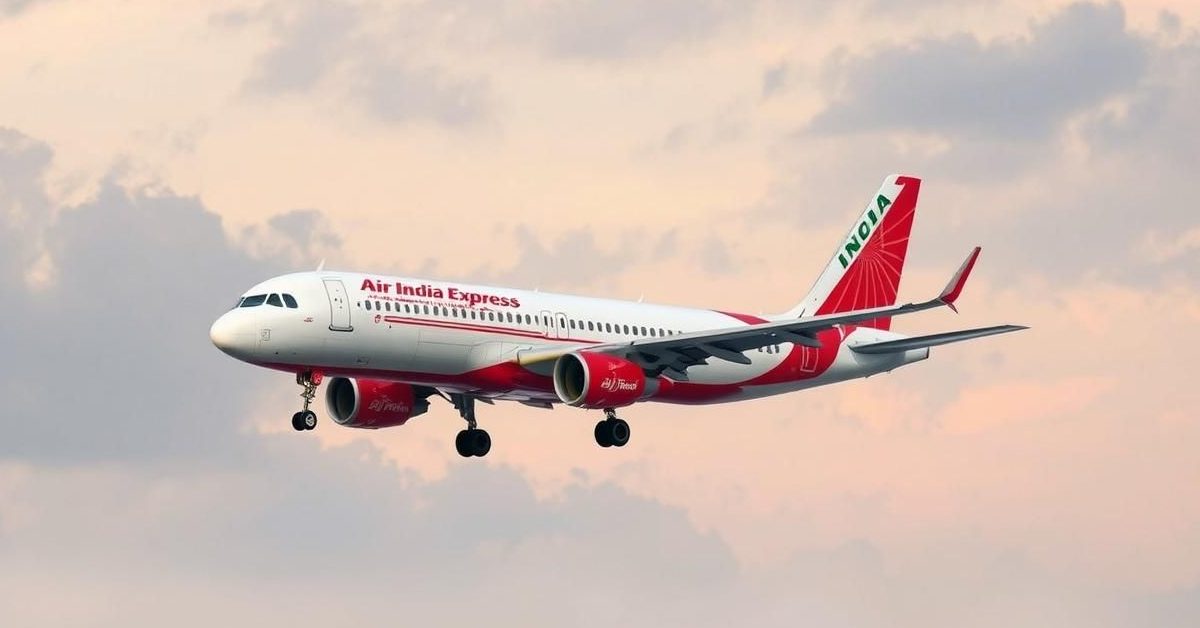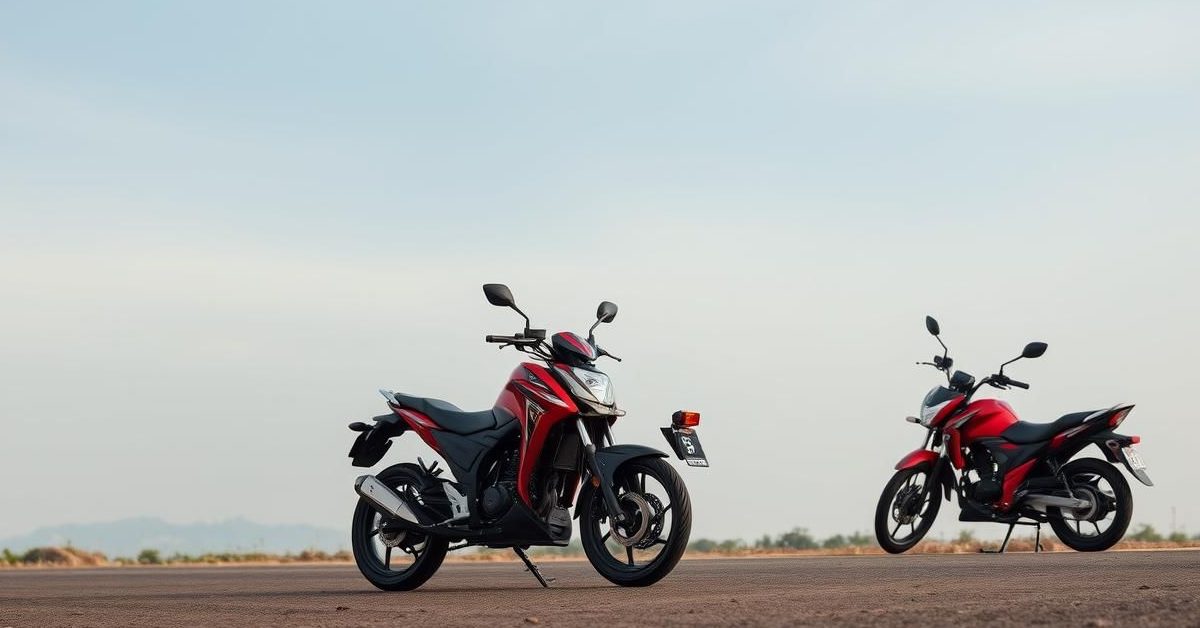Indonesia’s strong focus on developing tourism in Bali has led to overtourism on the popular island, while many other stunning destinations across the archipelago remain largely unexplored due to lack of investment and infrastructure.
Bali’s Double-Edged Sword
Bali, Indonesia’s most internationally recognized destination, has seen visitor numbers in 2024 already surpass pre-pandemic levels from 2019. This influx was a deliberate strategy by the government to revive the tourism sector after COVID-19.
However, this success has come at a cost. Bali is now grappling with severe overtourism, leading to traffic congestion, noise pollution, and environmental issues like plastic waste. The surge of visitors has, in many areas, overshadowed the island’s unique spiritual essence.
Despite the crowds, Bali’s economic growth is slowing, dropping to 5.5% last year from 5.7% in 2023. This is partly due to a decline in international tourist spending. The government continues to pour resources into Bali, planning to establish it as a family office hub, an export center for seaweed, and a medical tourism zone.
Beyond Bali: Hidden Gems and Missed Opportunities
While Bali struggles with its popularity, countless other Indonesian islands boast incredible natural beauty that remains largely untapped. Imagine Ora Beach on Seram Island, with its pristine waters and dramatic cliffs, offering a Maldives-like experience at a fraction of the price.
Other hidden gems include Lake Toba, the world’s largest volcanic lake, and Raja Ampat, known for the most diverse coral reef ecosystem globally. These destinations offer unique experiences, from watching thousands of bats emerge from caves to spotting dolphins and turtles while island hopping.
The Connectivity Conundrum
The biggest hurdle for these stunning locations is a severe lack of infrastructure and connectivity. Getting to Ora Beach, for instance, involves a multi-leg journey including flights, ferries, and car rides, totaling close to seven hours. Many of these lesser-known islands don’t even have airports, and inter-island transport can be unreliable.
Tourism operators in these regions are desperate for investment, lobbying for improved airfares and direct flights. The Indonesian government has previously attempted to create “10 new Balis” but these initiatives have largely failed to materialize, highlighting a significant gap between potential and policy.
Lagging Behind Regional Rivals
Indonesia’s overall tourism recovery still lags behind regional competitors like Vietnam and Thailand, which are close to reaching pre-pandemic visitor levels. These neighboring countries offer a diverse range of holiday options, from Vietnam’s Ha Long Bay to Thailand’s numerous beach destinations like Phuket and Koh Samui.
Experts suggest Indonesia is squandering its vast tourism potential due to execution issues and a lack of coordination among ministries and local governments. The opportunity cost of not developing these remote destinations sustainably increases each year, as competition for tourist dollars intensifies.
A Blueprint for the Future
While most non-Bali destinations struggle, there have been some successes. Labuan Bajo, near the Komodo dragons, saw its airport expanded in 2022, leading to a tripling of tourist numbers since 2016 with new international flights. This demonstrates the potential when infrastructure is improved.
To truly compete on the global stage, Indonesia needs a more unified and coordinated approach. Empowering provinces and building unique destinations under a national umbrella, rather than concentrating all efforts on one island, could unlock the archipelago’s full potential as a “constellation of remarkable experiences waiting to be discovered.”
- Bali is experiencing overtourism and declining visitor spending, despite being the main focus of Indonesia’s tourism strategy.
- Indonesia has numerous other beautiful islands like Seram, Lake Toba, and Raja Ampat with immense tourism potential.
- A significant barrier to developing these other destinations is the lack of infrastructure, poor connectivity, and insufficient government coordination.
- Indonesia’s overall tourism recovery is slower than regional competitors due to its concentrated focus and lack of destination diversification.
Diversifying tourism investment and improving connectivity to Indonesia’s many stunning islands will be crucial for the nation’s long-term tourism growth and sustainability.
Indonesia’s strong focus on developing tourism in Bali has led to overtourism on the popular island, while many other stunning destinations across the archipelago remain largely unexplored due to lack of investment and infrastructure.
Bali’s Double-Edged Sword
Bali, Indonesia’s most internationally recognized destination, has seen visitor numbers in 2024 already surpass pre-pandemic levels from 2019. This influx was a deliberate strategy by the government to revive the tourism sector after COVID-19.
However, this success has come at a cost. Bali is now grappling with severe overtourism, leading to traffic congestion, noise pollution, and environmental issues like plastic waste. The surge of visitors has, in many areas, overshadowed the island’s unique spiritual essence.
Despite the crowds, Bali’s economic growth is slowing, dropping to 5.5% last year from 5.7% in 2023. This is partly due to a decline in international tourist spending. The government continues to pour resources into Bali, planning to establish it as a family office hub, an export center for seaweed, and a medical tourism zone.
Beyond Bali: Hidden Gems and Missed Opportunities
While Bali struggles with its popularity, countless other Indonesian islands boast incredible natural beauty that remains largely untapped. Imagine Ora Beach on Seram Island, with its pristine waters and dramatic cliffs, offering a Maldives-like experience at a fraction of the price.
Other hidden gems include Lake Toba, the world’s largest volcanic lake, and Raja Ampat, known for the most diverse coral reef ecosystem globally. These destinations offer unique experiences, from watching thousands of bats emerge from caves to spotting dolphins and turtles while island hopping.
The Connectivity Conundrum
The biggest hurdle for these stunning locations is a severe lack of infrastructure and connectivity. Getting to Ora Beach, for instance, involves a multi-leg journey including flights, ferries, and car rides, totaling close to seven hours. Many of these lesser-known islands don’t even have airports, and inter-island transport can be unreliable.
Tourism operators in these regions are desperate for investment, lobbying for improved airfares and direct flights. The Indonesian government has previously attempted to create “10 new Balis” but these initiatives have largely failed to materialize, highlighting a significant gap between potential and policy.
Lagging Behind Regional Rivals
Indonesia’s overall tourism recovery still lags behind regional competitors like Vietnam and Thailand, which are close to reaching pre-pandemic visitor levels. These neighboring countries offer a diverse range of holiday options, from Vietnam’s Ha Long Bay to Thailand’s numerous beach destinations like Phuket and Koh Samui.
Experts suggest Indonesia is squandering its vast tourism potential due to execution issues and a lack of coordination among ministries and local governments. The opportunity cost of not developing these remote destinations sustainably increases each year, as competition for tourist dollars intensifies.
A Blueprint for the Future
While most non-Bali destinations struggle, there have been some successes. Labuan Bajo, near the Komodo dragons, saw its airport expanded in 2022, leading to a tripling of tourist numbers since 2016 with new international flights. This demonstrates the potential when infrastructure is improved.
To truly compete on the global stage, Indonesia needs a more unified and coordinated approach. Empowering provinces and building unique destinations under a national umbrella, rather than concentrating all efforts on one island, could unlock the archipelago’s full potential as a “constellation of remarkable experiences waiting to be discovered.”
- Bali is experiencing overtourism and declining visitor spending, despite being the main focus of Indonesia’s tourism strategy.
- Indonesia has numerous other beautiful islands like Seram, Lake Toba, and Raja Ampat with immense tourism potential.
- A significant barrier to developing these other destinations is the lack of infrastructure, poor connectivity, and insufficient government coordination.
- Indonesia’s overall tourism recovery is slower than regional competitors due to its concentrated focus and lack of destination diversification.
Diversifying tourism investment and improving connectivity to Indonesia’s many stunning islands will be crucial for the nation’s long-term tourism growth and sustainability.
